THE ADHESION
The adhesion of paint layers is generally regarded as a molecular
phenomenon. In order to obtain good adhesion, paint layer and substrate
must approach each other very closely. The distance may not be larger
than about 5 A units (one-tenth of a millionth of a millimeter). In order to
achieve that a layer of paint approaches a surface very closely, a layer of
paint must thoroughly wet the ground. Wetting is an effect of surface energy
or surface tension of a coat of paint and a surface. All surfaces have a certain surface tension. Paints also have a certain surface tension. This is expressed in dynes per centimeter. A clean metal sheet has a very high surface tension (a few hundred dynes / cm). It is no problem for a paint layer with a surface tension of 20 - 70 dynes / cm to wetten this metal sheet.
Substrate problems may arise on substrates of, for example, plastic with a
low surface tension of 15 - 20 dynes / cm. These are often polyolefin’s or
fluoride-containing substrates. Silicones can also greatly reduce the surface
tension of a substrate, causing adhesion problems. For many years it was
thought that the adhesion on smooth surfaces was mainly dependent on the
roughening of a surface such as by sanding. The paint would adhere better
in these sanding scratches (mechanical bonding).
Nowadays it is increasingly being assumed that, in addition to mechanical
adhesion, sanding or other particles are removed by scouring and attached
to potential reactive attachment points. The surface is considerably increased by sanding, resulting in more of these reactive
attachment points. There are many circumstances in which a surface to be
painted can be influenced from the outside by, for example,contamination.
This pollution usually concerns oil, grease, wax, rust, salt, dirt or loose
pigment particles through powder coatings. If such contaminations are
insufficiently removed, detachment can occur. This detachment is reinforced
by the shrinkage which occurs in the drying and polymerizing paint layer.
Also during in the use phase, hygrothermal forces occur in the paint system
due to the influence of moisture and ambient temperature.
The purpose of a pre-treatment is to clean the surface and put it in as pure
a condition as possible. This can be done by dissolving, emulsifying,
saponifying, gelling or deflocating the dirt.However, it is not always possible to completely clean a surface. Although this can lead to extensive damage, in practice it is the case that for environmental or economic reasons it is decided not to remove all contamination. If the contamination concerns oil or grease, it is obviously not advisable to use a water-based coating product. In this case it is better to use a solvent-based coating with a low surface energy. In addition to good pre-treatment of the substrate,
additives can be added to paint that improve the adhesion on certain surfaces.
An example of this is the effect of silane modification on the adhesion of
coatings on glass.
UNIVERSOL the replacement for ammonia is a biodegradable super degreaser. Due to its composition of amphoteric surfactants it is particularly safe for the skin. Due to the absence of harmful solvents, UNIVERSOL has been used as a pre-paint cleaner for 26 years. In addition, UNIVERSOL finds its applications as all-purpose cleaner in factories, cleaning companies, industrial kitchens, etc. UNIVERSOL can be used for all possible cleaning activities.
UNIVERSOL is a pre-paint cleaner, all-purpose cleaner and degreaser.
UNIVERSOL is non-foaming and easily solves all organic and organic pollution without having to rinse the surface after cleaning. Due to its special composition, the surface becomes anti-static, so that new contamination does not get a chance to quickly reattach itself again to the surface. UNIVERSOL is extremely suitable for the cleaning of substrates for painting with alkyd resin as with water-based coatings.
UNIVERSOL is recommended by paint manufacturers, paint wholesalers and painters.
UNIVERSOL is available in the Netherlands, Belgium, Germany, France and the UK at the better paint wholesaler, the paint shop and hardware store. UNIVERSOL is prescribed by the larger paint manufacturers, authorities, housing cooperatives, architects, municipalities, working conditions and trade unions.
UNIVERSOL has been tested as best.
UNIVERSOL has been on the market since 1993 and is still best tested. There are other alternatives to ammonia on the market but beware of false promises or for inferior products.
Read the COT reports and COT letters and convince yourself of the quality of UNIVERSOL.
With the use of UNIVERSOL you have the guarantee that you will never get detachment or blow formation. Your supplier will be happy to inform you.
MANUAL DEGREASSING PAINTWORK
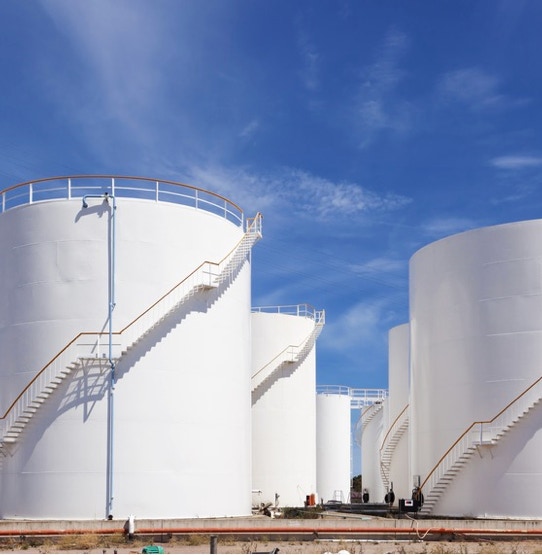
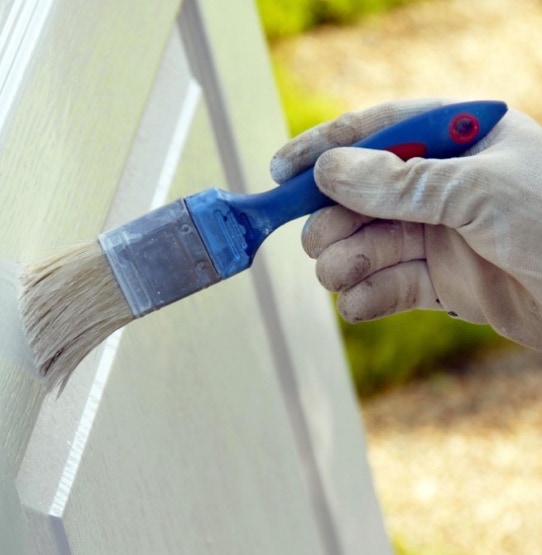
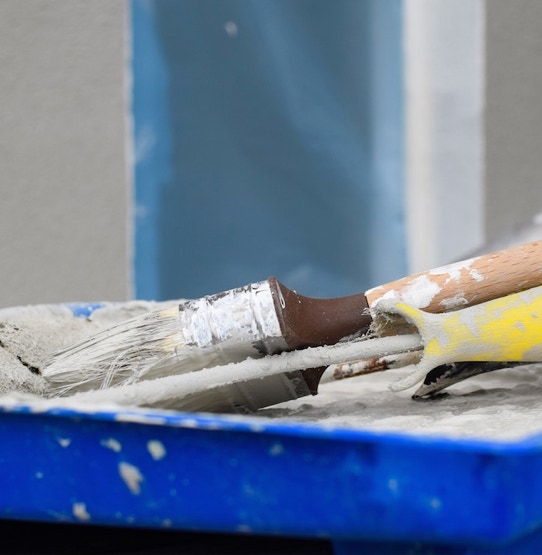
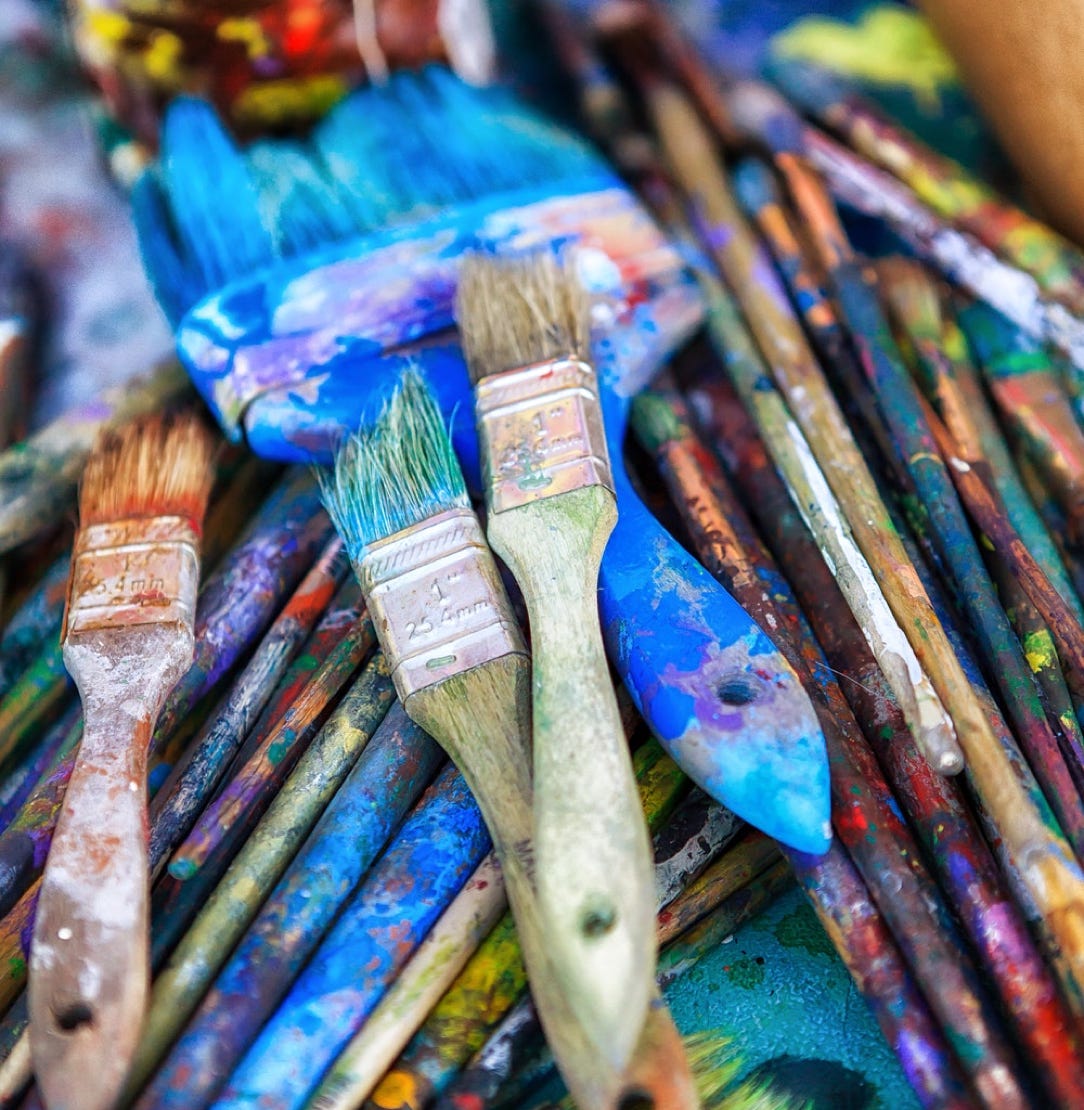
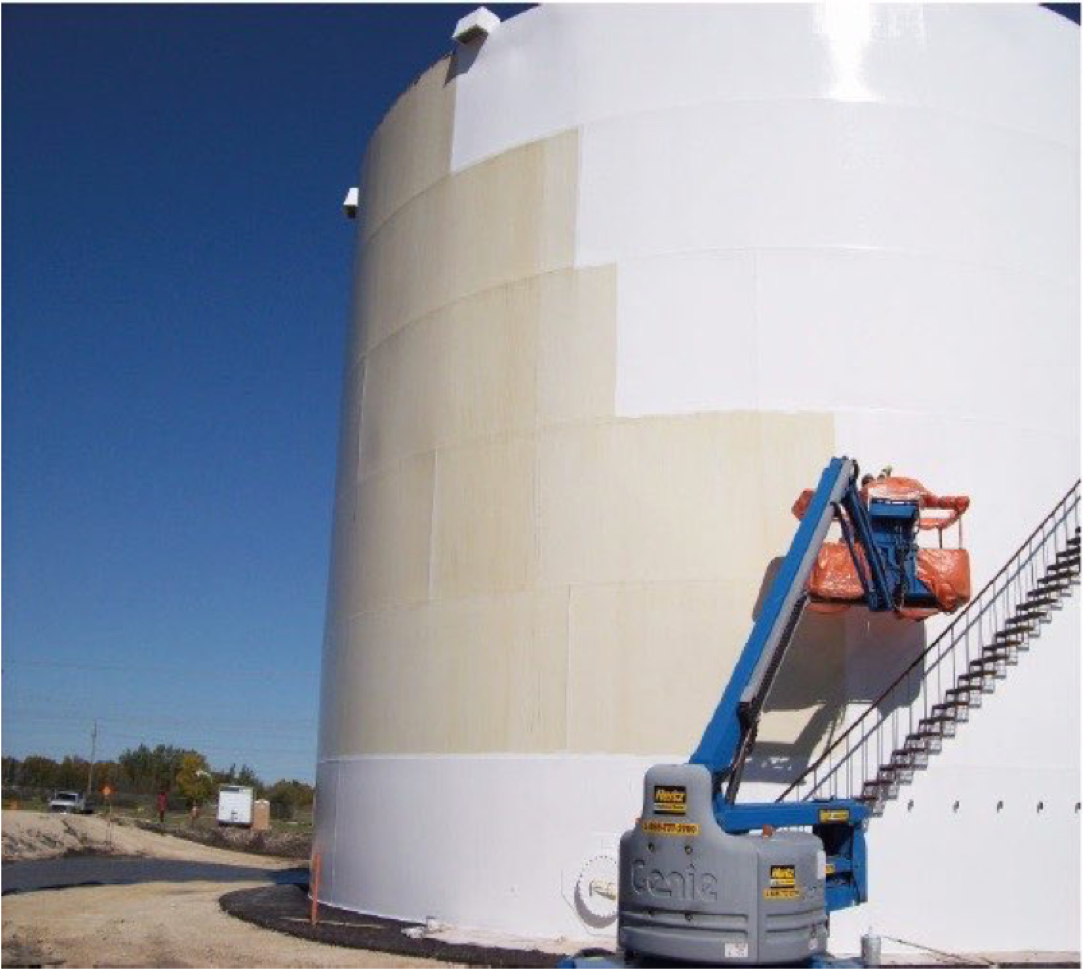
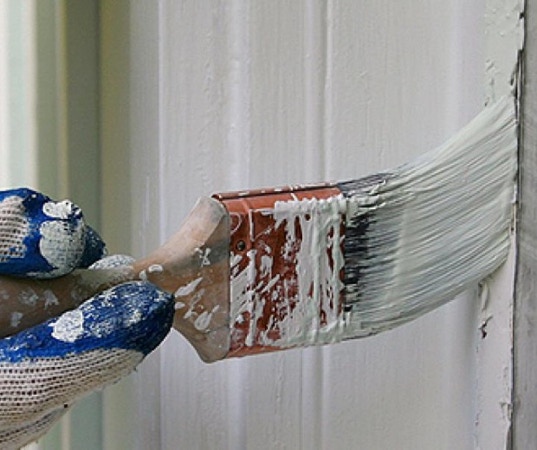
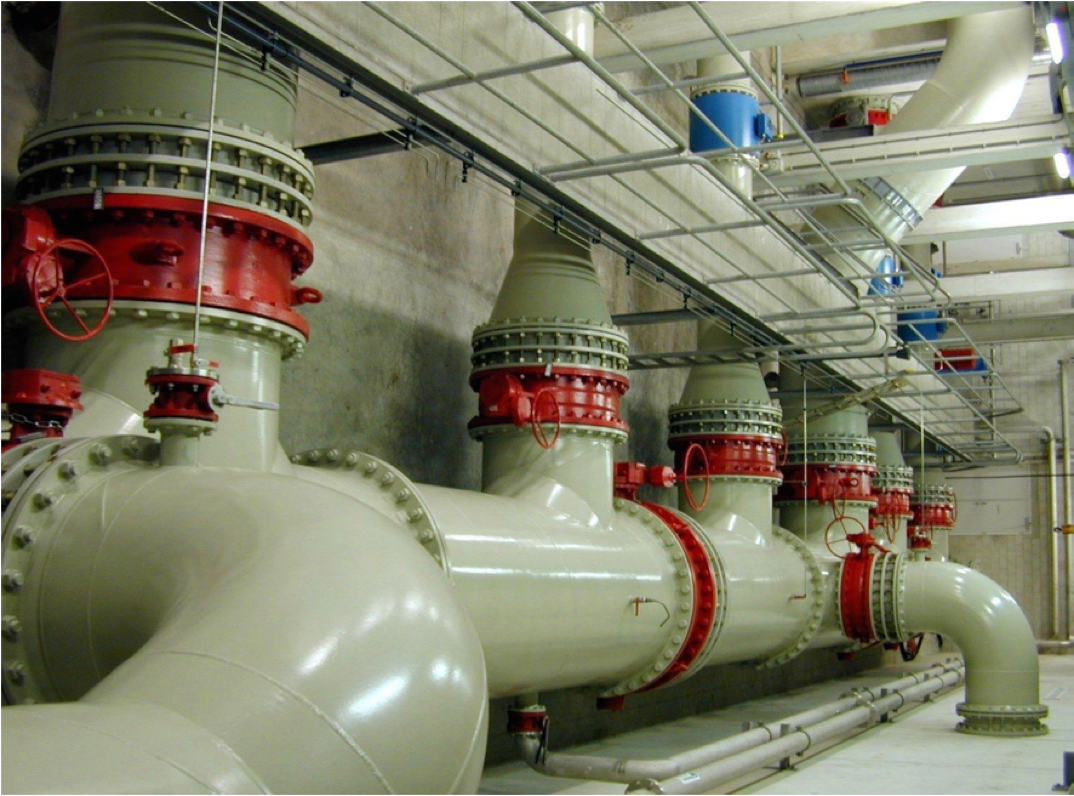
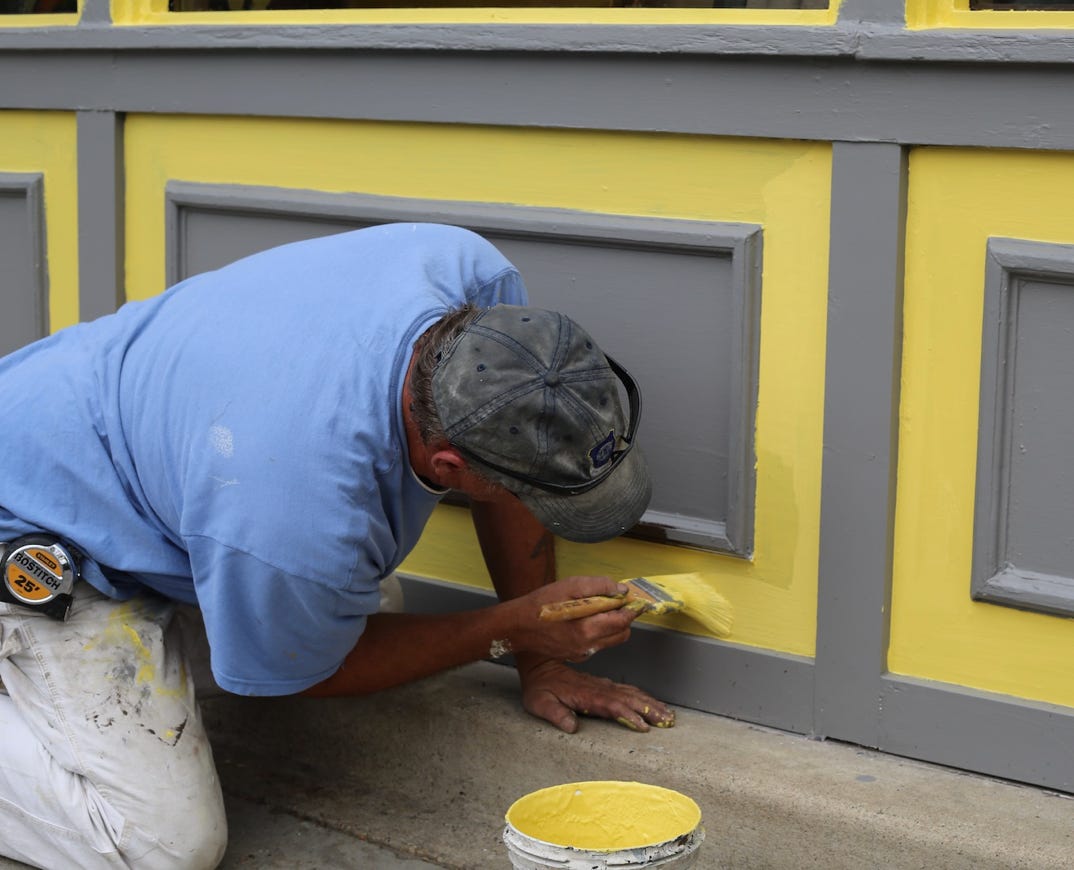
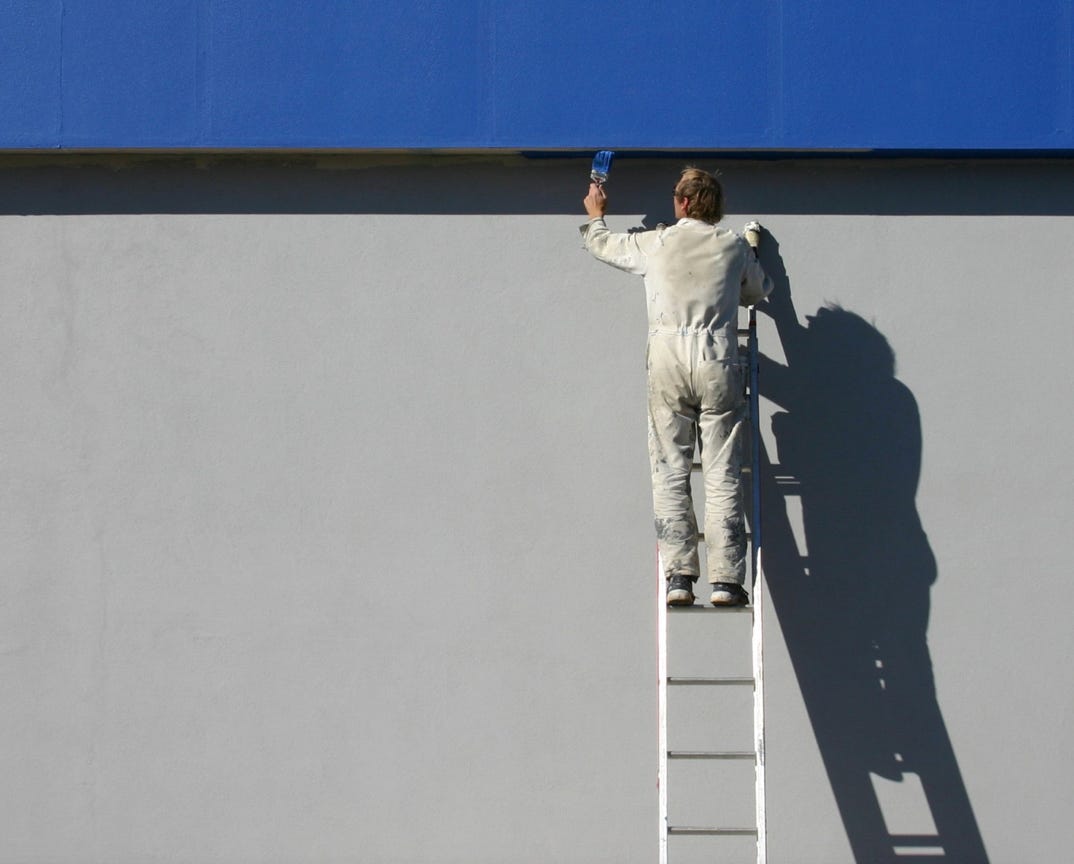
THE CLEANING
Because we want the surface to be painted to be free of contamination as much as possible, the surface needs to be cleaned. When using Universol, you clean with very professional degreasers that have been specially developed for the painting industry. Universol does not foam and after cleaning it does not have to be rinsed once again with clean water.
But how do I cleanse in a good way, and what is “washing after” really?
Proper cleaning is the complete release of a surface of pollution. This is very important because we previously learned that the adhesion of paint to pollution can cause detachment. A good cleaning is as follows:
1. Dilute Universol 1: 100 with lukewarm water for light soiling. Examples include nicotine impact, greasy fingers, etc. 1: 100 means that you add 1/10 liter (100ML) of cleaning agent to a three-quarter filled building bucket.
2. Dilute Universol 1:10 with lukewarm water for heavy soiling. Think for example of heavy street pollution, greasy machines, etc. 1:10 means that you add 1 liter (1000ML) cleaning agent to a three-quarter filled building bucket.
3. Do not dilute Universol higher as 1:10 because you always need the water as a means of transport for the removal of the contamination. Moreover, the cleaning capacity will no longer increase with an even heavier dilution.
Use a bucket of clean water next to a bucket of detergent. You need this water to be able to rinse your sponge, brush or cloth during cleaning. What exactly is meant by this? If the surface has been moistened with Universol, the sponge will already absorb a quantity of dirt. Then first wring the sponge out of the pails, then first rinse the wrung out sponge in the clean water and lastly moisten the sponge with the cleaning agent.
Start by cleaning the surface at the top. You apply the detergent and let it take effect. By allowing it to work in, the detergent surface (detergents) of the detergent can release the contamination from the surface. Then the surface must be "set in motion" together with the detergent. In other words, one has to "polish / rub" the surface. As a result, the dirt which has already been loosened by the detergents can be incorporated in the solution and be discharged from the surface. In other words: one must remove "the dirty suds" from the surface. If this was not done and the suds were left to sit, then the dirt adheres to the surface again and no optimum cleaning is achieved.
You can remove the "dirty suds" in the following ways. The soap is taken off with a cloth or a clean sponge is used to remove the surface. In any case, the surface must always be cleaned of the dirty soap and the surface must also be dried. Make sure that no "collection points" can arise where the dirty soap can accumulate. For example, at the bottom in both corners of a frame. Pay extra attention to these types of places. After cleaning, you do not need to wash again. Non-laundering does not mean that you do not have to remove the dirty suds. Non-washing means that you do not have to rinse the surface with clean water after a good cleaning. After all, by completely removing the water the surface will be free of pollution.
For very large surfaces such as sheet piles, silos etc. You can choose to clean as follows. Apply the Universol diluted to the surface. Scrub the surface. Finally, with clean water high-pressure or low-pressure the soapy water can be removed.
After the cleaning the surface is sanded or sandblasted. Finally, the surface must made dust-free so you can start with the finishing of the surface.

